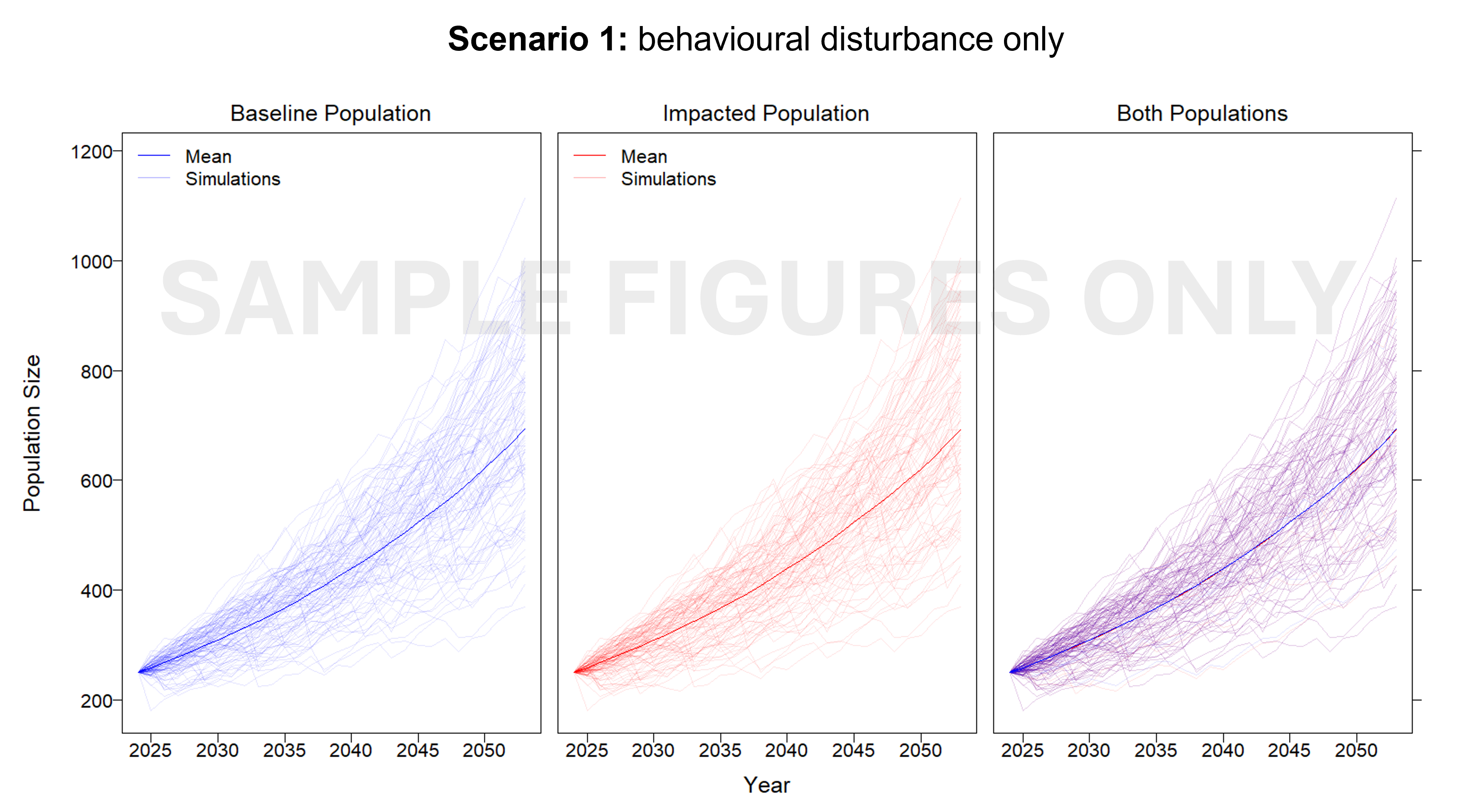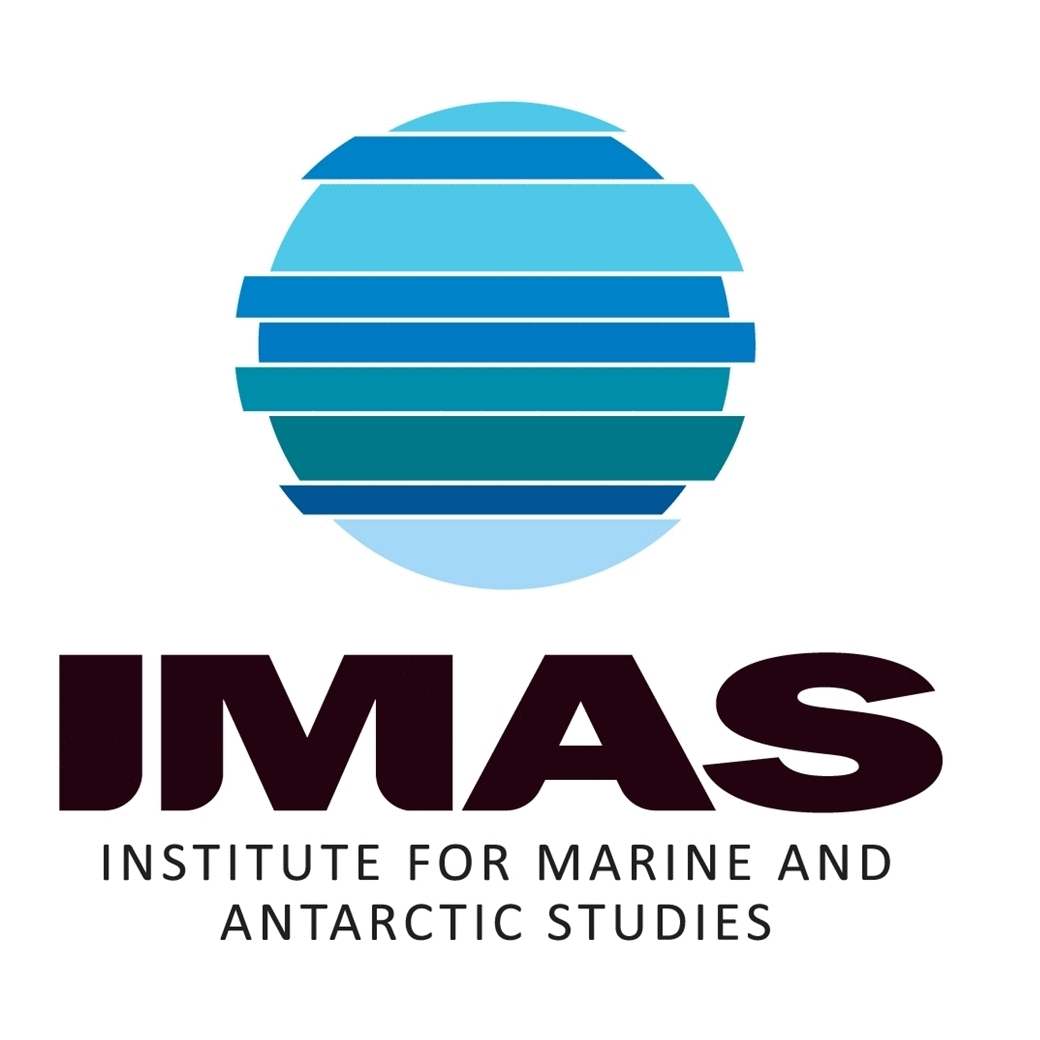population
Type of resources
Topics
Keywords
Contact for the resource
Provided by
Years
-

This record provides an overview of the scope and research output of NESP Marine Biodiversity Hub Project A14 - "Identification of near-shore habitats of juvenile white sharks in Southwestern Australia". For specific data outputs from this project, please see child records associated with this metadata. -------------------- In early 2018, the CSIRO provided the first estimate of abundance for the southern-western adult white shark. Establishing an estimate of total abundance was not possible due to the lack of information of the juvenile life history stage in south-western Australia. The estimate of adult abundance also included trend (essentially zero or slightly negative), however, it was noted that to confirm the trend, a further decade of sampling would be required. This can be reduced if we identify near-shore habitats where juvenile white sharks from the southern-western population can be readily accessed. This pilot project will investigate credible anecdotal evidence of juvenile white sharks using near-shore habitat near the head of the Great Australia Bight, and inform future project development steps. The pilot project will include collaboration and the opportunity for capacity building with the Yatala Land Management group. The outcome of this pilot project will inform whether or not to proceed to future (on-water) activities. Planned Outputs • Spatial maps showing juvenile white-shark aggregation areas that include Australian marine park boundaries and zoning in jpeg format • Shapefile of juvenile white-shark aggregation areas provided to ERIN • High quality and project relevant images (still and video) suitable for communications purposes • Summary (and images) of opportunistic wildlife observations within the Great Australian Bight Marine Park (Commonwealth waters) • Final report
-

This project developed an interim Population Consequence of Disturbance (iPCoD) model for blue whales (Balaenoptera musculus) and southern right whales (Eubalaena australis) to document a methodology for assessing population-level impacts of one, or multiple, wind farm developments off the southern Australian coast. The iPCoD model was developed in Europe to quantify how disturbances of individuals caused by physiological injury or changes in behaviour can have population-level consequences in data poor marine mammal populations. This model was adapted to suit Australian marine mammal species, highlighting key data gaps for locally threatened populations that overlap in range with the declared offshore wind areas in Australia. Due to the lack of baseline data currently available, this study documented a framework that can be updated as more information becomes available. We outlined how to leverage simulation-based population modelling as a tool for policymakers, industry and management authorities, to aid in environmental impact assessments, with a specific focus on data poor marine mammal populations.
 IMAS Metadata Catalogue
IMAS Metadata Catalogue